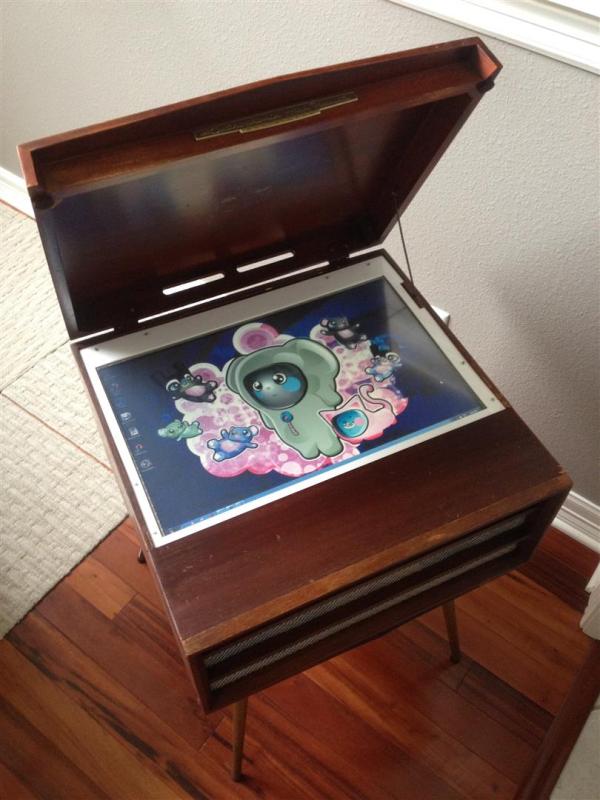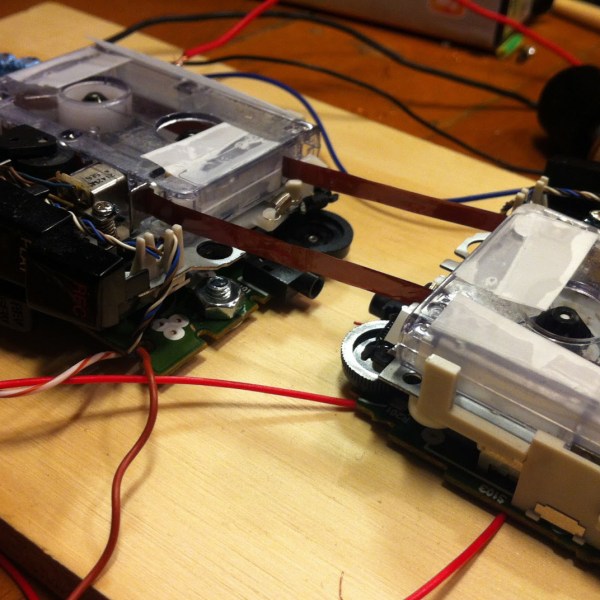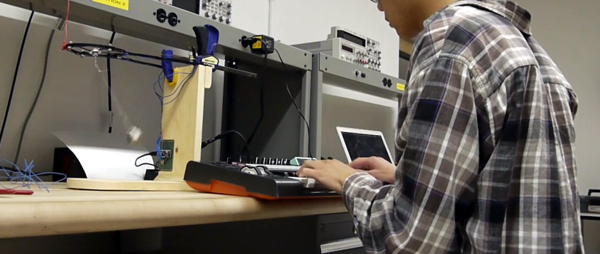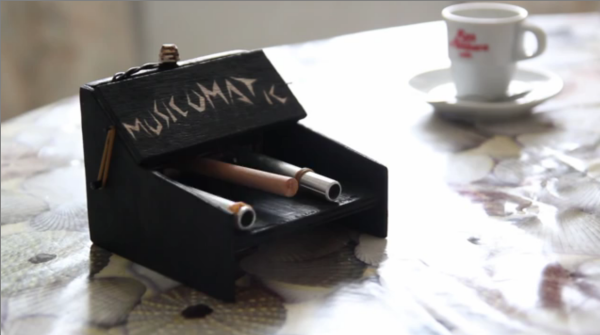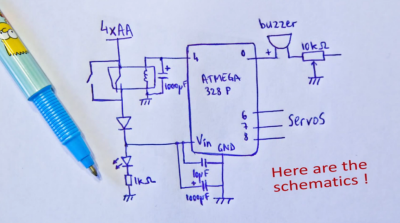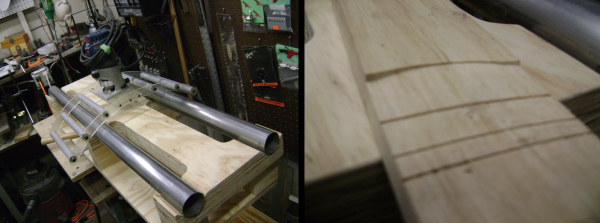We always like seeing projects that salvage a classic piece of technology, and this one doesn’t disappoint. It’s a vintage kiosk- or console-style stereo, repurposed with every useful feature imaginable, but still made to look original. Until you open the lid, that is.
[Julian] has been hard at work on rebuilding this 1957 RCA stereo, and since he’s no stranger to these types of rebuilds, the results are pretty impressive. Underneath the hood is a 22″ touchscreen running Windows 7 and a Lepai amplifier. The controls for the stereo were placed towards the back, along with USB ports and an RJ45 connector for the computer.
The speakers in the stereo also needed to be replaced. For this, [Julian] used a set of Dayton speakers that worked well enough for this application. After mounting the speakers and all the other hardware in the unit, [Julian] noted that while it isn’t an audiophile’s dream stereo, it was nice to have all of these parts integrated together into something that looks nice. We’d have to agree!
There are a lot of rejuvenated antique stereos around too, like this Bluetooth-enabled tube amp radio, or this Soviet-era handheld, or even this slightly more modern stereo. There’s just something classy about having a vintage-looking thing spruced up with modern technology!

